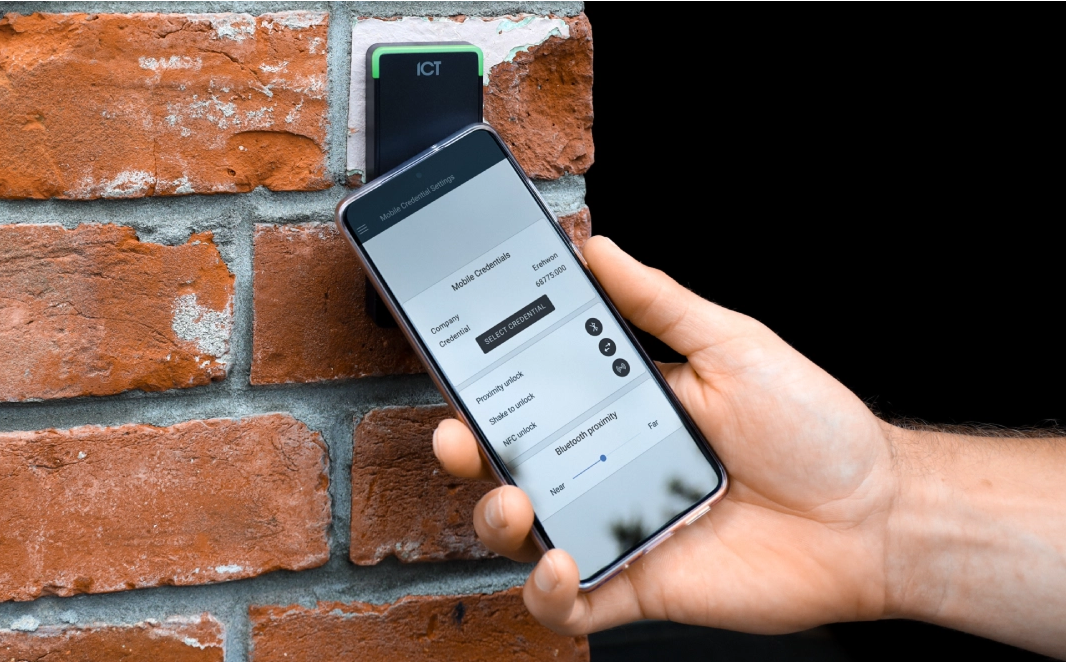In 2025, the concept of a locker has moved beyond a simple compartment with a key. An IoT locker integrates cloud-connected hardware, sensors, access management and data analytics to deliver flexible, managed storage for modern workplaces, shared spaces and public facilities. This article explains what an IoT locker is, how it works and what benefits it brings.
In short, how lockers are being used today is entirely different from before, and they keep evolving every day to fit into our daily lives.
As such, new expressions emerged like ABW lockers, smart lockers, IoT lockers. So what exactly is an IoT locker?
First, let's break down what IoT, or the Internet of Things, is.
IoT means that the object (or multiple objects) is connected to the Internet via sensors, software and other technologies that keep them connected to other IoT systems and devices.
When you hear about appliances that connect to your phone, or cars with sensors that alert the driver when there's an issue, home security systems, etc., all of these are examples of IoT.
Because they can exchange data and connect to other systems over a wireless network that doesn't require step-by-step human intervention, IoT systems and devices have capabilities only dreamt of from non-smart systems. They save time for businesses by reducing administration and operational tasks, while opening up opportunities to optimise usage through data.
IoT lockers are lockers that are connected to the network and are easily accessed via card reader or through mobile phone, depending on how they open. These lockers are able to track and collect data about usage and don’t require much maintenance, making them easier to manage and simpler to use than regular lockers.
The IoT locker doesn't require keys because there are no mechanical locks. Usually, they open via an RFID card or by inputting a PIN, or they can be opened through an app, like the Yellowbox system.
When using smart lockers, as an end-user, it's a seamless experience of quickly reserving the locker, easy opens without mechanical locks and peace of mind for the security of belongings.
For management, smart lockers are a self-serve system meaning, less staff intervention. You can also track usage in real-time, solve issues as they come up and collect valuable data.
Knowing when, how and how frequently lockers are used not only gives control and ease of mind to management, but the data is also valuable when a business is considering another installation.
Going back to the example from the beginning, employees who don't have their designated desks still need a space of their own, and a smart locker is a perfect solution. For hybrid workspaces, when the days working onsite and remotely are interchangeable, it's ideal to reserve a locker just for a day.
IoT lockers don't perform well just within the office space. They're perfect for any public location (gym, beach, shopping centre) because they have anti-hoarding mechanisms, and there are no lost keys. There is also the option of payments processing, so it's a great way to build revenue if you're charging for lockers but want to avoid a coin lock.
IoT makes life easier every day as new solutions emerge. Now, with smart lockers, there is no more friction and frustration. Instead, a safe and secure way to store belongings, with easy management, reduced costs and valuable data insights.



























